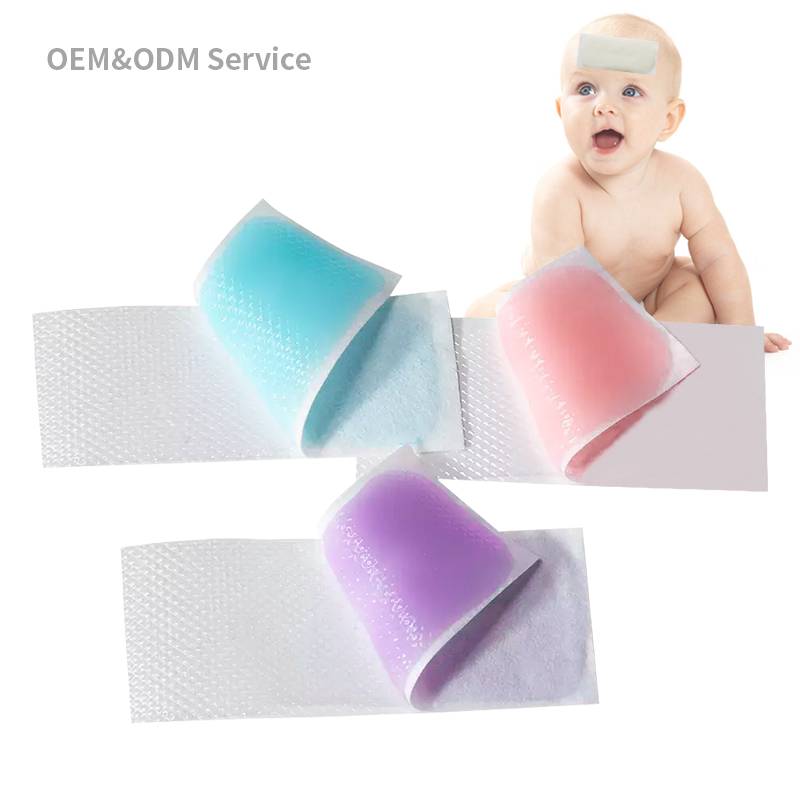How Customization of Rate-Controlling Membrane Boosts Therapeutic Effectiveness of Transdermal Gel Patches
How Customization of Rate-Controlling Membrane Boosts Therapeutic Effectiveness of Transdermal Gel Patches
In the realm of pharmaceutical technology, transdermal gel patches have emerged as a revolutionary delivery system for targeted drug administration. Among the various components of these patches, the rate-controlling membrane plays a pivotal role in determining the therapeutic effectiveness. Customization of this membrane is key to optimizing drug delivery, enhancing patient compliance, and minimizing side effects.
The Anatomy of a Transdermal Gel Patch
A transdermal gel patch is a medical device designed to deliver drugs through the skin into the bloodstream. It typically consists of several layers, including an adhesive layer for attachment to the skin, a drug reservoir containing the active ingredient, and a rate-controlling membrane. The rate-controlling membrane regulates the rate at which the drug is released from the patch into the skin, thus controlling the rate of drug absorption into the body.
Importance of Rate-Controlling Membrane Customization
The customization of the rate-controlling membrane is crucial for several reasons. Firstly, different drugs have different absorption rates and pharmacokinetic profiles. Customizing the membrane allows for precise control over the drug release rate, ensuring that the drug reaches the target site at the desired concentration and maintains a therapeutically effective level for an extended period.
Secondly, patient-specific factors such as age, skin condition, and body weight can influence drug absorption. Customized membranes can be tailored to account for these variations, providing a more personalized drug delivery solution.
Lastly, customization can help overcome challenges associated with the transdermal delivery of certain drugs. For instance, some drugs may have a narrow therapeutic window or be associated with significant side effects. By fine-tuning the membrane's properties, it is possible to minimize these risks and optimize the therapeutic outcome.
Factors Considered in Membrane Customization
The customization of the rate-controlling membrane involves several factors that need to be carefully considered. These include the material composition of the membrane, its thickness, porosity, and permeability.
Material composition is a key factor that determines the membrane's physical and chemical properties. Different materials exhibit varying degrees of permeability and drug compatibility, allowing for precise control over drug release rates.
Thickness and porosity also play a significant role. Increasing the thickness of the membrane can slow down drug release, while increasing porosity can enhance drug permeability. These parameters can be adjusted based on the specific requirements of the drug and the target patient population.
Advantages of Customized Membranes
Customized rate-controlling membranes offer several advantages over traditional, non-customized membranes. Firstly, they enable more precise dosing, reducing the risk of overdosing or underdosing. This is particularly important for drugs with a narrow therapeutic window.
Secondly, customized membranes can improve patient compliance. By providing a more controlled and comfortable drug delivery experience, they can enhance patient satisfaction and reduce the need for frequent dosing adjustments.
Lastly, customized membranes can help overcome limitations associated with certain drugs. For instance, some drugs may have poor skin permeability or be prone to degradation in the presence of certain enzymes. By tailoring the membrane's properties, it is possible to overcome these challenges and enhance the overall therapeutic effectiveness of the patch.
Challenges and Future Prospects
While the customization of rate-controlling membranes holds great promise for enhancing the therapeutic effectiveness of transdermal gel patches, there are also some challenges that need to be addressed. One of the main challenges is the need for sophisticated manufacturing techniques and precision engineering to produce customized membranes with consistent and reliable properties.
Future research should focus on developing novel materials and manufacturing processes that can enable more precise and cost-effective customization of rate-controlling membranes. Additionally, there is a need for further clinical studies to validate the therapeutic benefits of customized membranes in real-world settings.
Conclusion
In conclusion, the customization of rate-controlling membranes is a crucial aspect of enhancing the therapeutic effectiveness of transdermal gel patches. By tailoring the membrane's properties to match the specific requirements of the drug and the target patient population, it is possible to achieve more precise dosing, improved patient compliance, and overcome limitations associated with certain drugs. With continued advancements in materials science and manufacturing techniques, the future of customized transdermal patches looks promising.






